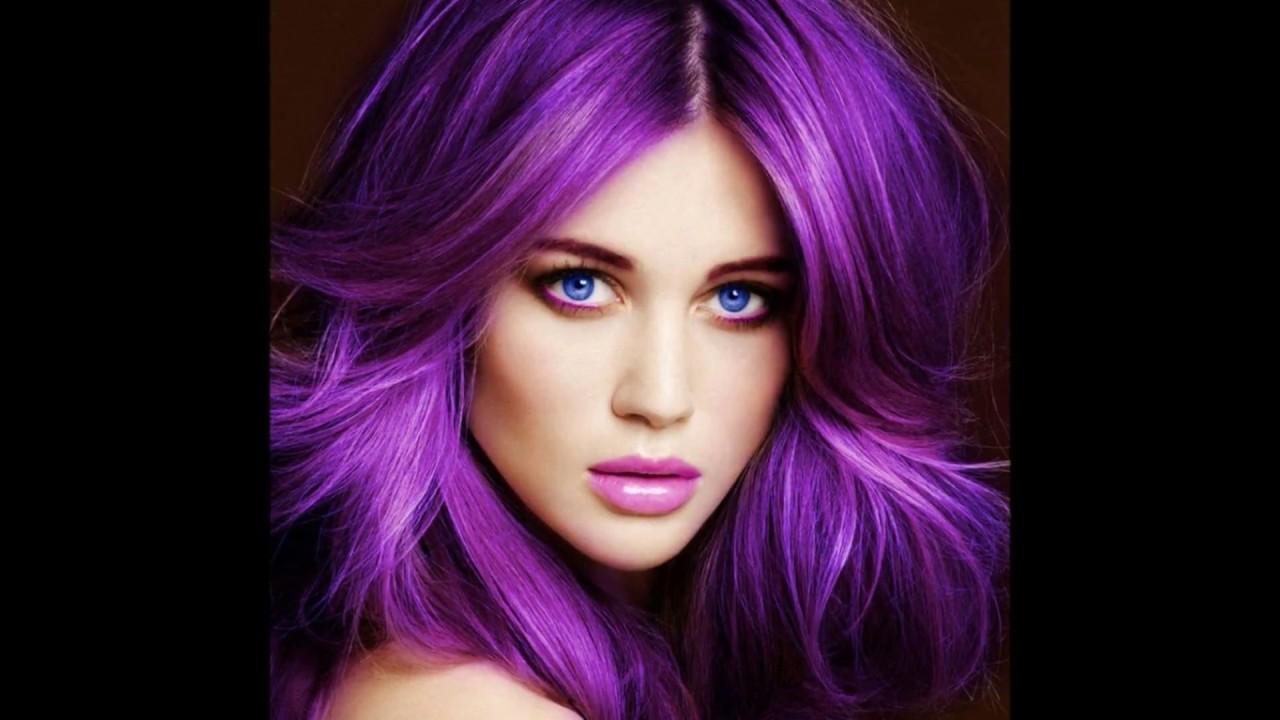Hair Colour Market Innovation Accelerates Amid Rising Demand for Clean Beauty and At Home Solutions

The global hair colour market is undergoing a transformative shift, fueled by changing consumer preferences, technological innovations, and a growing emphasis on individuality and self-expression. Once considered a basic grooming product, hair colour has evolved into a dynamic segment of the beauty and personal care industry. With social media influence, rising disposable incomes, and a more diverse consumer base, the hair colour market is expected to see strong growth in the coming years.
Rising Demand for Natural and Organic Products
One of the most prominent trends shaping the hair colour market is the rising demand for natural, organic, and ammonia-free formulations. Health-conscious consumers are increasingly aware of the long-term effects of harsh chemicals on hair and scalp health. As a result, there is a shift towards botanical and herbal-based products. Companies like Garnier and Herbatint have capitalized on this trend, launching products with ingredients like henna, argan oil, and aloe vera, which promise nourishment alongside colour.
This trend is also being driven by environmental awareness. Consumers prefer sustainable brands that use eco-friendly packaging and cruelty-free testing methods. Clean beauty is no longer a niche—it’s becoming a standard.
DIY Hair Colouring Gains Popularity
The pandemic years sparked a major increase in at-home beauty solutions, including DIY hair colouring kits. Even post-pandemic, the habit has stuck. People now feel more confident colouring their hair at home, aided by online tutorials and easy-to-use products. Brands like L’Oréal and Clairol have introduced user-friendly kits, including virtual tools for shade selection and colour preview, giving consumers greater control over their appearance.
This trend also reflects the desire for convenience and affordability. As professional salon services can be costly and time-consuming, at-home hair colouring offers a practical alternative without compromising results.
Men’s Grooming Segment Expands
Traditionally dominated by female consumers, the hair colour market is witnessing significant growth in the male grooming segment. More men are now open to experimenting with their looks, whether it’s covering greys, achieving a youthful appearance, or making a bold fashion statement. Brands are responding with marketing campaigns that normalize hair colouring for men and introduce products tailored to their needs, such as quick-application formulas and subtle shades.
The rising acceptance of beauty routines among men is dismantling gender stereotypes and opening new market opportunities.
Bold Colours and Customization Drive Youth Appeal
Among Gen Z and millennials, bold and unconventional hair colours—like neon pinks, electric blues, and pastel purples—are gaining popularity. These consumers view hair as a canvas for self-expression. Temporary and semi-permanent dyes allow for frequent experimentation without long-term commitment. Additionally, brands are introducing customizable hair colour kits that let users mix and match shades or create gradients and highlights from the comfort of their homes.
Social media platforms like TikTok and Instagram amplify this trend, with influencers and celebrities showcasing ever-changing hair colours that inspire their followers to try new styles.
Technological Innovations Enhance User Experience
Technology is playing a critical role in transforming the hair colour shopping and application experience. Augmented reality (AR) tools enable users to virtually try on hair colours before purchase, helping reduce buyer hesitation. Mobile apps provide tutorials, personalized recommendations, and reminders for root touch-ups or reapplication schedules.
At the formulation level, nanotechnology and smart pigments are being explored to offer longer-lasting colour, reduced fading, and better grey coverage. These innovations enhance customer satisfaction and loyalty.
Regional Trends and Market Expansion
Emerging markets in Asia-Pacific and Latin America are contributing significantly to the global hair colour market's growth. Urbanization, increasing beauty consciousness, and Western beauty trends influence purchasing behaviour in countries like India, Brazil, and China. Local brands are competing with international giants by offering affordable, culturally relevant products.
In contrast, mature markets in North America and Europe are seeing demand for premium and sustainable offerings. The segmentation of products based on ethnicity and hair type is also becoming crucial, as diversity in beauty gains attention.
Conclusion
The hair colour market is evolving rapidly in response to diverse consumer demands and societal shifts. From natural and clean beauty solutions to bold, tech-enhanced personalization, the future of hair colour is bright, inclusive, and innovative. Brands that stay attuned to these emerging trends and adapt accordingly are well-positioned to lead in this vibrant and competitive landscape.
- Art
- Causes
- Crafts
- Dance
- Drinks
- Film
- Fitness
- Food
- Games
- Gardening
- Health
- Home
- Literature
- Music
- Networking
- Other
- Party
- Religion
- Shopping
- Sports
- Theater
- Wellness


